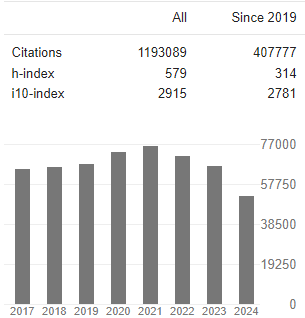The Cornea and the Oxygen of the Atmosphere
Abstract
Arturo Solis Herrera and Paola E: Solis-Arias
The cornea is an avascular tissue which has attracted much attention by the uniqueness of its anatomical characteristics, it has, in proportion, an enormous size, in relation to the number of vessels, because on average few cells in the organism are away more than 30 microns of a blood vessel. However, the cornea, with a diameter of between 11 and 12 mm, is a unique example.
It has been tried to explain the notable absence of blood vessels in the cornea, arguing that corneal tissues are able to take oxygen directly from the air. In this article we are explaining that based on the physicochemical characteristics of molecular oxygen and the cell membrane, cytoplasm, water, and cellular metabolism, it is not possible that epithelial corneal cells directly take oxygen from the air, instead, corneal cells have molecules that can dissociate the water molecules thereby these cells, like any other eukaryotic cells, take the oxygen from the intracell water, like plants.





